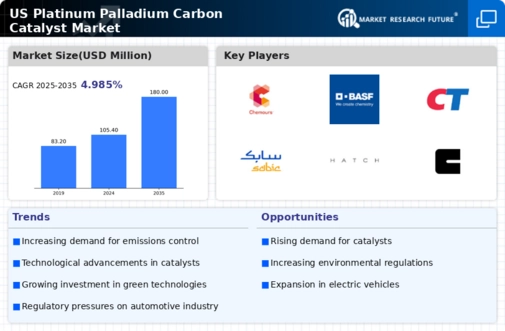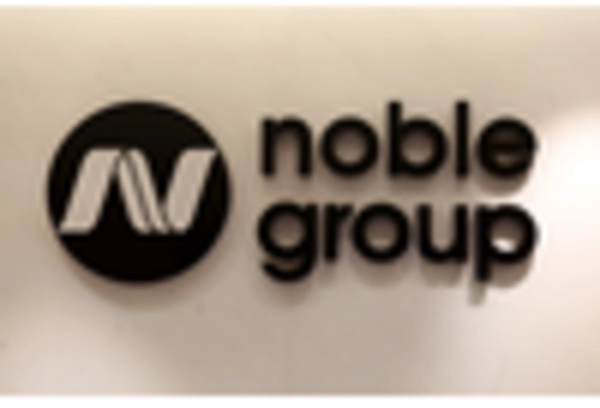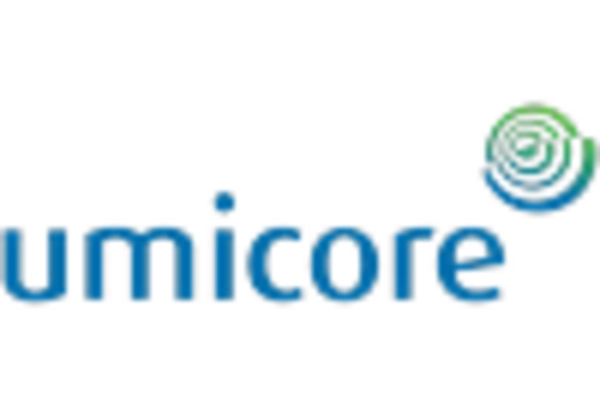US Platinum Palladium Carbon Catalyst Market Summary
As per Market Research Future analysis, the US platinum palladium-carbon-catalyst market size was estimated at $122.65 Million in 2024. The US platinum palladium-carbon-catalyst market is projected to grow from 127.91 $ Million in 2025 to 194.6 $ Million by 2035, exhibiting a compound annual growth rate (CAGR) of 4.2% during the forecast period 2025 - 2035
Key Market Trends & Highlights
The US platinum palladium-carbon-catalyst market is experiencing robust growth driven by technological advancements and regulatory pressures.
- Technological advancements in catalyst production are enhancing efficiency and performance across various applications.
- Regulatory pressures are increasingly driving demand for platinum palladium-carbon-catalysts, particularly in the automotive sector.
- The largest segment in this market is automotive catalysts, while the fastest-growing segment appears to be industrial applications.
- Rising demand for automotive catalysts and increasing environmental regulations are key drivers propelling market growth.
Market Size & Forecast
| 2024 Market Size | 122.65 (USD Million) |
| 2035 Market Size | 194.6 (USD Million) |
| CAGR (2025 - 2035) | 4.29% |
Major Players
BASF SE (DE), Johnson Matthey PLC (GB), Umicore SA (BE), Noble Group Ltd (SG), Heraeus Holding GmbH (DE), SABIC (SA), Clariant AG (CH), Albemarle Corporation (US), W.R. Grace & Co. (US)
















